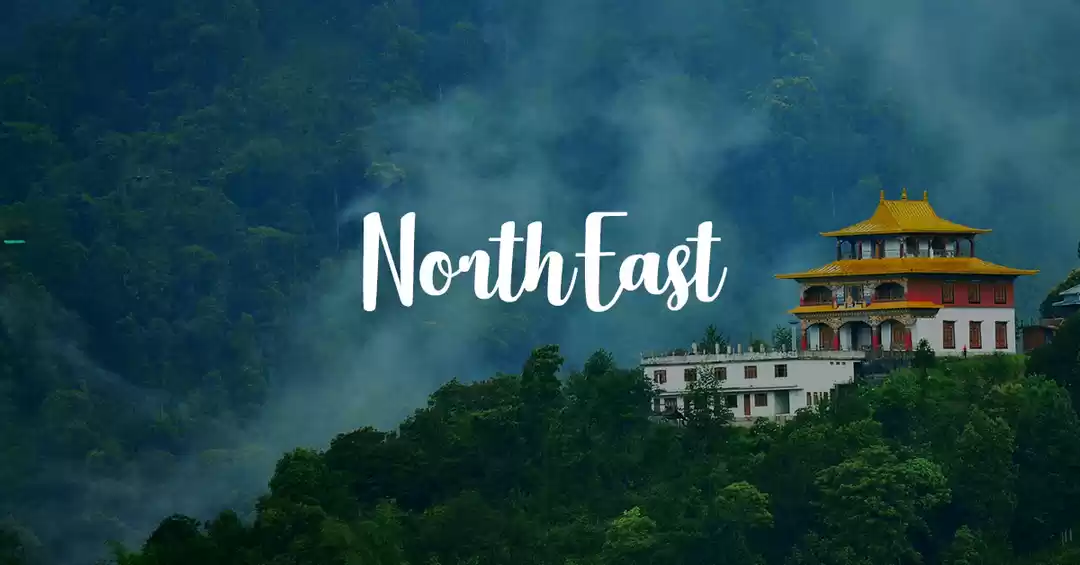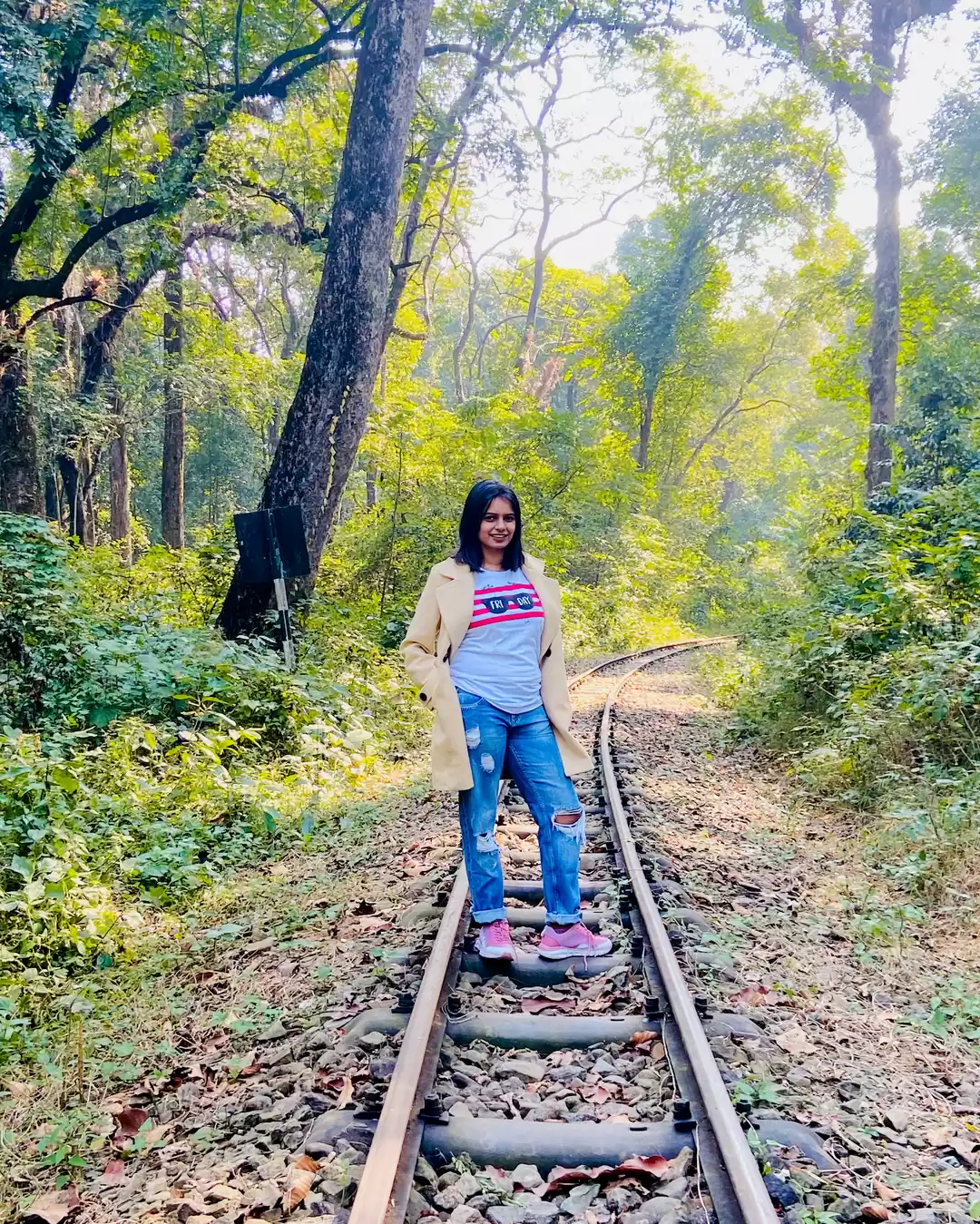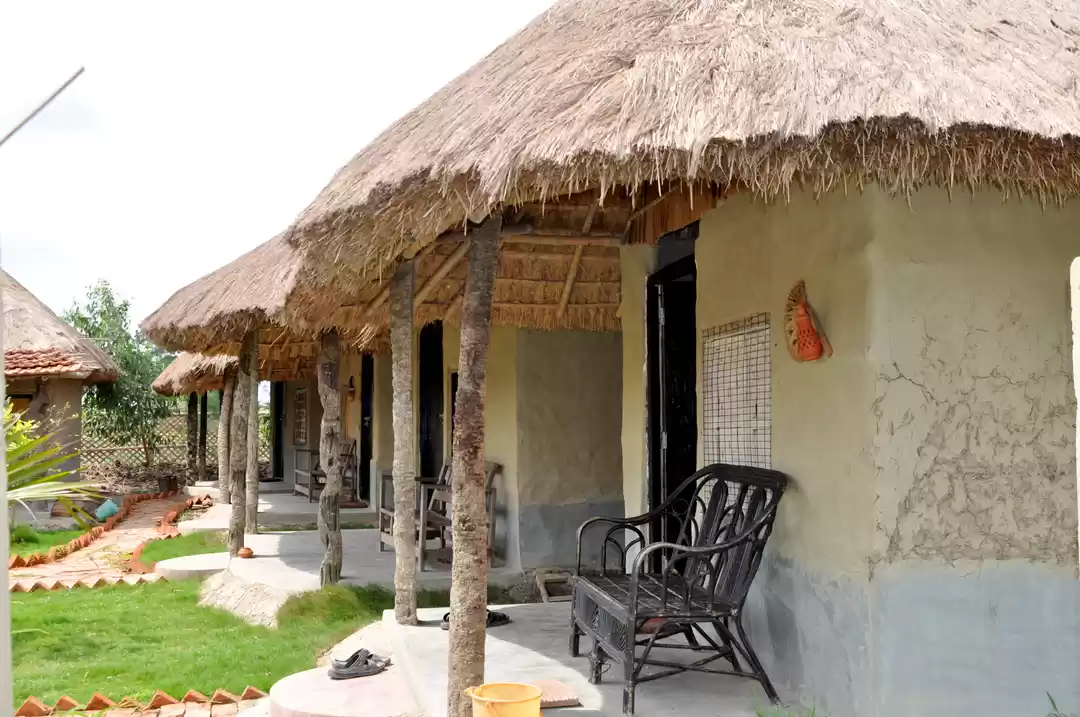We have toured south of West Bengal state, India and taken our readers to the point where Hooghly river flows into the Bay of Bengal. Calcutta, or Kolkata have exceptional places, that dangle like pearls of history along the watery ribbon of river Ganges even to the north, between Kolkata and Varanasi.
Having drenched ourselves in the natural beauty of the places around the riverine delta, we thought of driving up north about 40 to 60 kilometers to see what are in store for any motorist who is hungry for history, and want to savor the natural or man made beauties that are sprinkled around this state.

I distinctly remember, years back when my father gave me history lessons from the school book, he mentioned about a place called Bandel. Ever since then I wanted to learn more about this place.
It was March, the weather was still comfortable and the heat was bearable. On a bright Saturday morning, we jumped into our most honorable travel companion, the Swift and started for Bandel, to feel the culture, read the history and share what we will learn.
We took the NH-2 highway and reached Dankuni after crossing the Vivekananda bridge at Dakhineshwar. Before reaching Durgapur Expressway, we took the old Delhi road or the GT Road and proceeded towards Bandel covering about 58 kilometers.
On our way, I picked up one of my friends who happened to have his uncle's house at Bandel. Who else can give an account as good as a resident of a place. He was our travel guide and we followed him to soak the fantastic history which rests at Bandel.
Here we go...
Bandel is just like any other town in Bengal. Narrow and crowded streets form the circulatory system of the old town. A motorist has to battle out through a maize of rickshaws, hand carts, buses and people who follow one standard philosophy in life - never look left or right when crossing a road.
It is the motorist; whose duty is to stop and let them cross and we patiently bowed to it and reached after 2,1/2 hours.

We stopped to ask for directions, and the shop where we parked was straight from a history book. Nothing had changed much, the shop was about 70 to 80 years old, long and lanky sitting stools adorned the front, a red postal metal container hung beside the shop which was the local letter box.
50 years on, the same process continues. A cyclist, an official would make his morning or noon round, pick the letters in a sack and ride to the nearest postal office for dispatch.

After driving through a labyrinth of wide, and very narrow roads, we closed in on our first place of interest, the Bandel Church. Having parked, we entered the church compound.

The history of Bandel Church is mesmerizing. I am sure it will take your breath away.
I have to dip you into a bit of a history to give context to what we saw. In 1498, Vasco Da Gama, a Portuguese explorer came to India and anchored at Calicut or Kozikode in Kerela. Ever since then India had seen Portuguese settlements across the Indian subcontinent. Bandel church has its design from Portugal.
One of the oldest churches in India; dedicated to Nossa Senhora do Rosario, Our Lady of Rosary was presented to the visitors in the year 1650 by the Portuguese. It was founded, way back in 1599.
Every room, courtyard we visited, pages of history unfolded. It is said that a Portuguese ship met near disaster of getting sunk in the sea. The ship's captain, prayed for safety for his ship and men. He promised to bequeath a mast of his ship to the first church he sees and it was this church which he caught up with. Till today, the mast of that stricken ship can be seen in the church.
However, unfortunately we could not see it as the mast was blown away in a local cyclone in 2010.
Fables also say that the word "Bandel"possibly, meant "a mast of a ship" in Portuguese. So, this was the background behind the church's name and the name of the place.
The best way to explain, perhaps, is to give you a pictorial trip through the church.


Arched openings from within the church took us out to well manicured gardens with images and idols of biblical origin.
Neatly done, colored glasses along with wrought iron chandeliers embellish the tall ceilings and wide arches.


Along with hundreds of visitors, we walked corridor after corridor and came across magnificent stories and paintings that made this church so famous and unique.

The history of the church has been wonderfully described with paintings and images. Presenting you a quick capture as I had panned my camera.


Next, we saw, Shah Jahan in the inset, seen awfully impressed at the elephant's exceptional behavior. The king set Father Joan and his men free. Shah Jahan also provided land at Bandel without attracting any taxes for the rebuilding of the church.

When the Mughals attacked Bandel, it is believed that a local Christian known as, Taigo, wanted to save the statue of Mary, jumped into the Hooghly river along with the statue.

Interestingly enough, on the inauguration day of the church, the statue was seen mysteriously, on the banks of the Hooghly. Ever since, then, the statue has come to be known as "Our Lady of the Happy Voyage"


We climbed the steps which led to the roof of the church where the clock tower stood gallantly on one side. We saw altar for the visitors where we saw people praying.


From the roof top, we were able to see the river Hooghly silently flowing past. It was getting hot now as the sun was at the pinnacle and we also felt, the need to take a short break before we could drive down to one of many historical edifices that festooned this little town.

We gave ourselves a short lunch break. Our afternoon meal consisted of Bengal's standard afternoon meal, terribly tasty - white rice, pappad, soup of lentils, spicy egg curry and tomato chutney. We surely needed the strength to see more of Bandel and needed every bit of the grain on offer.
My friend had kept only one place for us to drive to and that was visiting Bandel's famous Imambara.

Imambara too, resided along the Hooghly river and is an engineer's delight.
It was created in the memory of a great humanitarian, known as Hazi Muhammad Mohsin. We learned from a local visitor who was gracious to take us around and explained the remarkable building complex. The stately structure was crafted by Keramtulla Khan, an architect by profession around 1860. The complex comprised of a two storied very long halls, or corridors probably.
At the center, there existed a fountain, not operational now, within a rectangular pond. A huge courtyard housed all of these. What I found most impressive were the twin long towers that stood tall above everything.
Each tower had spiral stair cases and both served the same purpose of providing a visitor of the most panoramic view of the river and you can see miles into the horizon.

As I moved the camera from one side to the other, the famous Jubilee bridge over the river was caught in frame.




We came down and visited the rear part of the complex which opened into the river and here I saw the most spectacular piece of engineering, - the sun dial.
The local guide taught us how to read the sun dial and trust me, this alone was the best part of our Bandel visit.

My digital camera when I took the above picture showed the recorded time.

We had a great historic visit of Bandel. We saw the famous church, the calm and slow moving Hooghly which has seen all the pages of history with her passage.
We saw the brilliant engineering of Hooghly Imambara and needed much awaited tranquility to absorb the enormous data which we were exposed to... we drove to the nearest tea stall and had two earthen pots filled with hot steaming tea.

We looked back at the magnificent structures behind us and climbed back on another historic highway, the GT road and gunned the engine towards Kolkata.
Trip first published on The Voyager
Frequent Searches Leading To This Page:-
bandel in west bengal, places to visit in bandel west bengal, bandel church in west bengal, bandel west bengal tourism, bandel west bengal india




































